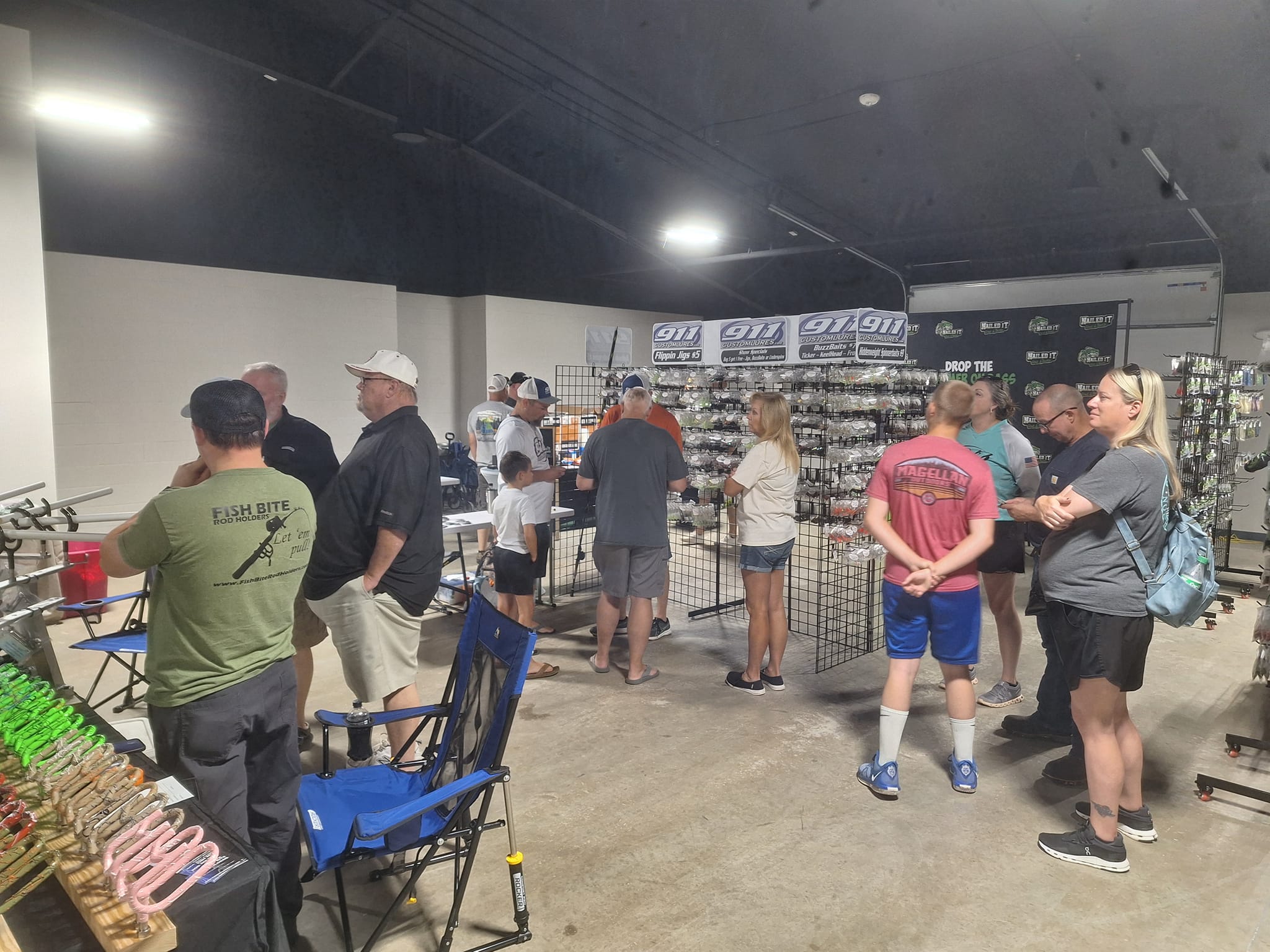KATELYN STEGALL COLUMN: Managing the mud
Published 10:24 am Monday, December 20, 2021
|
Getting your Trinity Audio player ready...
|
With usually heavy rainfall and mild weather, mud is an issue that all North Carolina livestock producers will face almost yearly on their operation. Mud can be dangerous to move equipment through for winter hay feeding and other maintenance reasons, and can decrease efficiency of the animals.

Katelynn Stegall
Standing in and moving through mud takes a toll on the animal in a variety of ways. It takes more energy for the animal to stand in and move through mud than it does hard ground, so energy is exhausted in that manner. Because it is more difficult to move, it is more difficult for the animals to get to food and water, inherently causing them to eat and drink less.
Using more energy and taking in less calories creates nutritional issues in the animals, even if they are subtle. A recent study revealed that cattle standing in 4-8 inches of mud can result in a 8 percent to 15 percent decrease in feed intake, and a 14 percent decrease in daily gains.1 In addition to nutritional issues, animals will also have a harder time regulating their body temperatures with mud caked coats, and are at a higher risk for foot rot issues. Other issues associated with mud include udder infections and increased sickness in young animals (calves, kids, lambs).
Trending
Areas where animals congregate and high traffic areas such as feed and water locations are the areas that will most commonly cause issues related to mud. Although it will take work and maintenance, there are ways to decrease the issues caused by mud in these places. Addition of loose gravel or sand in more high traffic areas will increase the carrying capacity of the soil and can help cut down on or slow mud accumulation. These methods do require maintenance, as buildup of organic matter such as manure and hay will need to be removed, or more gravel will need to be brought in to cover it. It is also advised to put a layer of geotextile fabric under the gravel or sand to separate it from the soil. Another, lower maintenance, option is to pour a concrete pad at these areas. This is a higher cost option upfront, but is the most efficient in the long run because it requires less maintenance.
Other ways to mitigate mud damage are to make less frequent trips to the pasture in the winter with heavy equipment if possible. Plan to feed in places with harder ground if possible, and try not to unroll hay bales in muddy conditions. If areas with harder ground are not available, create a sacrifice area in the pasture and restrict animals to this area during the muddy seasons to avoid damage to the whole pasture. Attention will need to be given to these sacrifice areas in dryer seasons to repair damage done during the wet season. Avoid overgrazing pastures year round to promote a healthy stand in the winter. Deep, healthy root systems are one of the best defenses against mud in pastures.
The best way to mitigate mud issues is to plan ahead. Plan your feeding areas, and buy and install/spread materials such as geotextile fabric, gravel or concrete early in the season before mud becomes an issue. Make a feeding plan ahead of time to cut down on trips through the pasture with heavy equipment, or at the very least have one designated area or “road” where you drive the equipment through the pasture. Lastly, plan maintenance or repairs to areas damaged by mud before mud even becomes a problem.
Mud can be a nuisance, but with proper planning and management, mud related issues can certainly be lessen for both the producer and the animals.
Trending
Katelyn Stegall is livestock agent for the N.C. Cooperative Extension in Stanly County.






